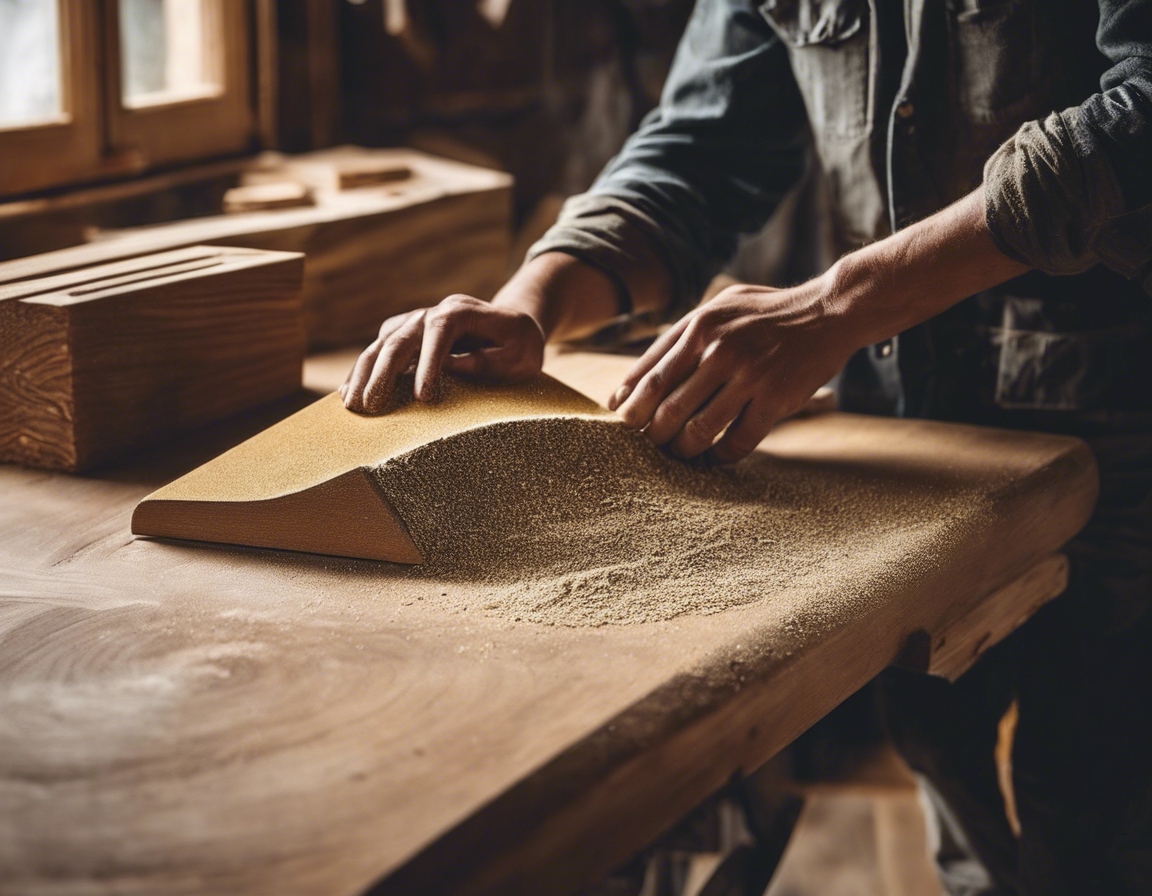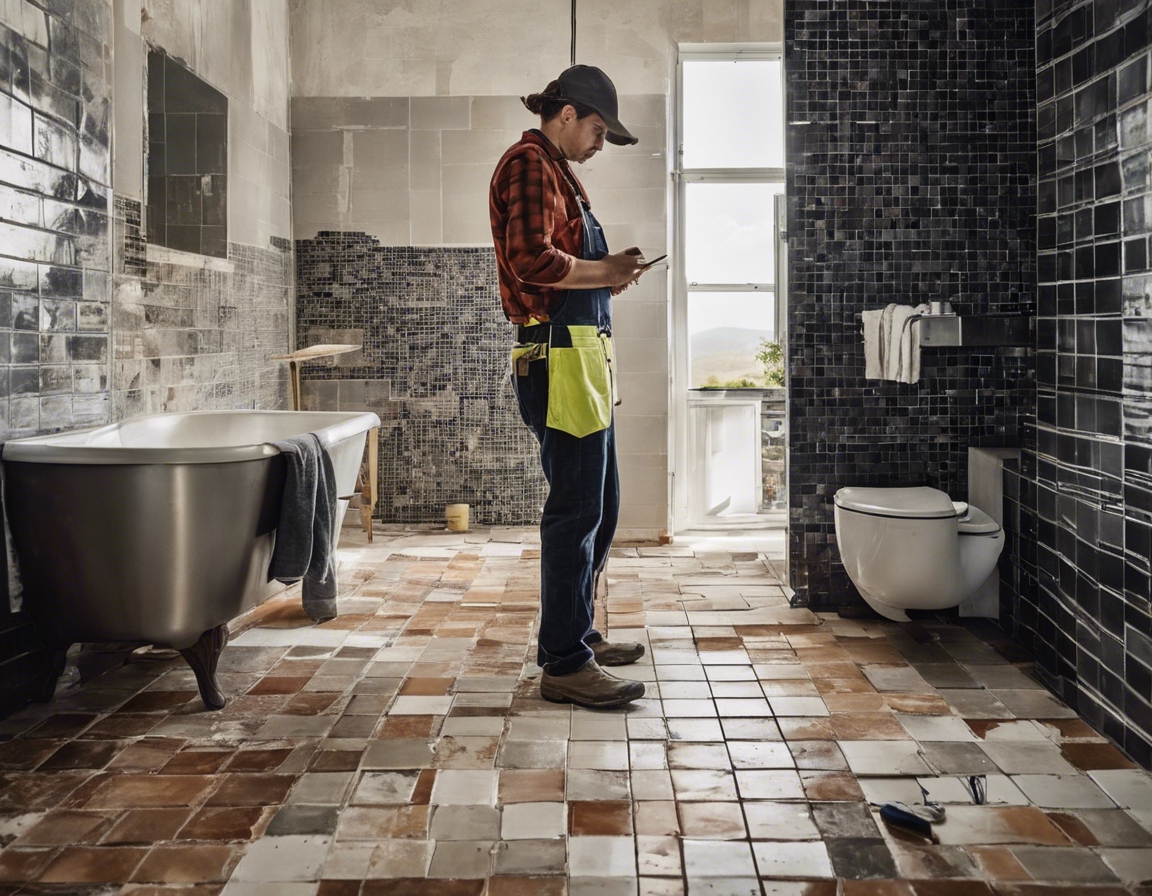5 trends shaping the future of construction
The construction industry is on the cusp of a new era, with innovative trends poised to revolutionize how we build. From sustainability to technological breakthroughs, these trends are not only shaping the future of construction but also responding to the evolving needs of society. In this post, we'll explore five key trends that are set to redefine the industry.
1. Sustainable and Green Building Practices
As environmental concerns become more pressing, the construction industry is turning to eco-friendly materials. These materials are sourced sustainably and have a lower carbon footprint, contributing to a greener planet.
Modern buildings are increasingly designed with energy efficiency in mind, integrating renewable energy sources such as solar panels and wind turbines to reduce reliance on fossil fuels.
Green certifications like LEED and BREEAM are becoming standard practice, ensuring that buildings meet stringent environmental performance criteria.
2. Technological Advancements in Construction
BIM technology has revolutionized the planning and management of construction projects, allowing for more precise and efficient workflows.
Prefabrication and modular construction methods are gaining traction, offering faster build times and reduced waste.
Drones and robotics are increasingly being used for tasks such as surveying, inspection, and even construction, improving safety and efficiency on the job site.
3. Increased Focus on Health and Wellbeing
Construction designs now often include features that promote physical health, such as natural lighting, ventilation, and green spaces.
There's a growing recognition of the impact of built environments on mental wellbeing, leading to designs that foster a sense of community and tranquility.
Smart buildings equipped with IoT technologies are enhancing comfort and functionality, while also gathering data to further improve building management.
4. New Materials and Building Techniques
Self-healing concrete, which can repair its own cracks, is an exciting development that could significantly extend the lifespan of structures.
3D printing is being used to create complex building components and even entire structures, offering new possibilities in design and construction.
CLT is a sustainable building material that is gaining popularity for its strength, versatility, and environmental benefits.
5. Shifts in Labor and Construction Demographics
The construction industry is facing a skilled labor shortage, prompting a need for more training and apprenticeship programs.
Efforts to increase diversity and inclusion in the construction workforce are underway, aiming to create a more representative and equitable industry.
Investment in training and education is essential to equip the next generation of construction professionals with the skills needed to navigate the industry's future.






Comments (0)